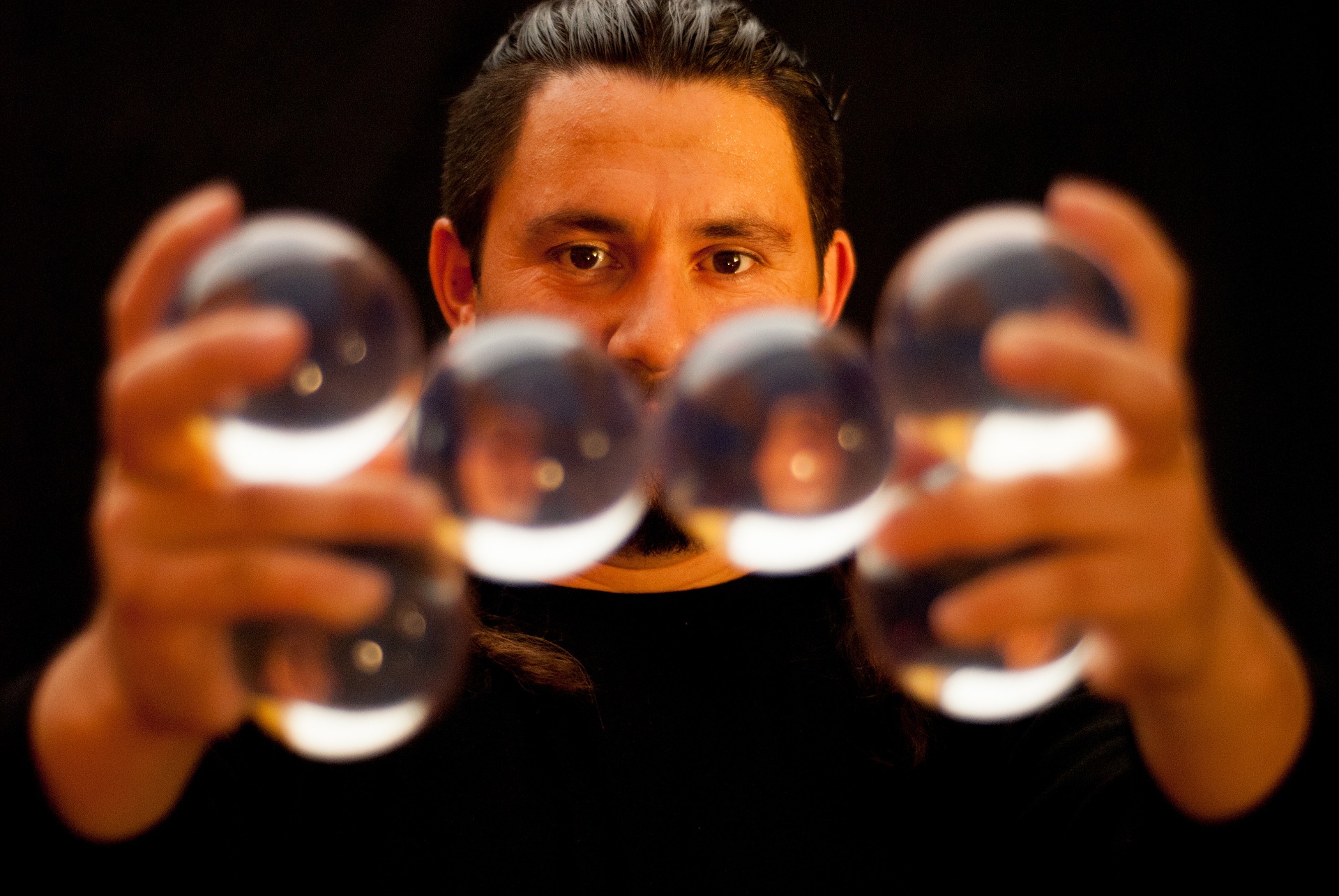Draganski (2004)
 The following study is a study of neuroplasticity that demonstrates how a repeated action can lead to the growth of neural networks - and then the cessation of that activity can lead to neural pruning.
The following study is a study of neuroplasticity that demonstrates how a repeated action can lead to the growth of neural networks - and then the cessation of that activity can lead to neural pruning.
This study may be used for an SAQ/ERQ on neuroplasticity, the ethics/research methods used in the study of the brain and behaviour, or an SAQ on either the formation of synapses or neural pruning.
Biologists used to believe that at a certain age, the brain was done growing and changing. Research in the 1960s and 70s started to indicate that the brain is a dynamic organ that continues to grow and decline as a result of interacting both the environment and cognition. The ability of the brain to change its neural structures in order to adopt to change is called neuroplasticity.
There are two aspects of neuroplasticity that are important - dendritic branching and pruning.
One form of neuroplasticity is the strengthening of synapses. This is due to a process called Long Term Potentiation. LTP argues that the repetition of a task results in neuroplasticity. LTP also leads to dendritic branching or dendritic arborization which leads to an increase in neural density.
A lack of potentiation as a result of discontinued behaviour may lead to neural pruning - the process by which extra neurons and synaptic connections are eliminated.
To review these key concepts, you may want to watch the following video.
The aim of the study was to see whether learning a new skill - in this case, juggling - would have an effect on the brains of participants.
The participants for this study were 24 volunteers between the ages of 20 and 24. There were 21 females and 3 males. All participants were non-jugglers at the start of the study. Each participant had an MRI scan at the start of the study to serve as a base rate for grey matter and brain structure.
Participants were allocated to one of two conditions - the jugglers and the non-jugglers. Those that were in the juggling condition were taught a three-ball cascade juggling routine. They were asked to practice this routine and to notify the researchers when they had mastered it. At that point the jugglers had a second MRI scan. After the scan, they were told not to juggle anymore and then a third and final scan was carried out three months later. The non-juggling group served as a control group for the duration of the study.
To analyse the MRI scans, the researchers used voxel-based morphometry [VBM] to determine if there was significant differences in neural density (grey matter) in the brains of jugglers vs. non-jugglers. From the baseline scans - taken before the study began - they found no significant regional differences in grey matter between the two conditions. However, at the end of the first part of the study, the jugglers showed a significantly larger amount of grey matter in the mid-temporal area in both hemispheres - an area associated with visual memory. Three months after the participants stopped juggling - when many were no longer able to carry out the routine - the amount of grey matter in these parts of the brain had decreased.
There was no change over the duration of the study in the non-juggling sample.
Interestingly, it appears that juggling relies more on visual memory - that is, the perception and spatial anticipation of moving objects - than on “procedural memory” which would more likely show change in the cerebellum or basal ganglia.
- The study used a pre-test, post-test design to show differences in neural density over time.
- The study was experimental, thus helping to argue for a cause and effect relationship.
- There was a control group that didn't juggle that served as a control group.
- The sample size was very small - so it is possible that by using averages of growth, the data may not be reliable.
- The study has potential problems with internal validity as the participants were in their home environments for a good part of the study.
- The study would need to be replicated to establish its reliability.

 IB Docs (2) Team
IB Docs (2) Team
